Certified Agile Leader 1
Agile leadership isn’t about knowing frameworks.
It’s about making a real impact.

CAL 1 is a Scrum Alliance certification course for anyone who wants to impact an organization's journey to resiliency and success. By leading with agile skills like collaboration, team empowerment, adaptability, and continuous improvement, you'll be prepared to mentor teams to create the best products, solve enterprise-level problems, and produce outcomes that directly affect your organization's ability to thrive.
Once you complete CAL 1, you'll earn a certification and badge to showcase your validated competency and commitment to agile leadership.
Your trainer Arlen Bankston has a lengthy career starting prior to the Agile Manifesto. He was a founding executive in one of the earliest agile consultancies, starting with agile in the late 1990's. He has filled multiple roles over his training and coaching career, and worked with leaders at all types of organizations.
As as result you’ll enjoy a consistently fresh and open-minded approach to agility in your CAL 1 that leans on real experience and anecdotes. Arlen uses tools like Mural and Mentimeter in completely unique ways that many students have commented is interesting in its own respect and keeps them fully engaged from beginning to end. Arlen goes to great lengths to help students share with one another, a benefit unique to a class like this with leadership talent.
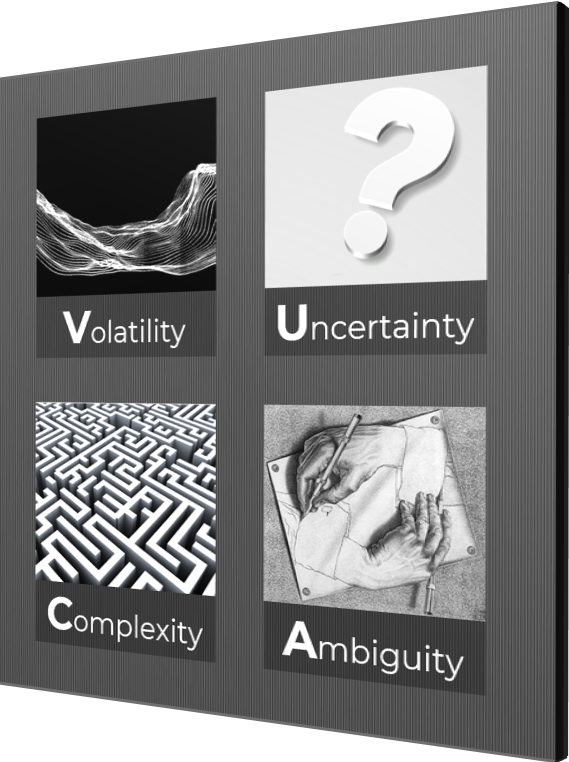
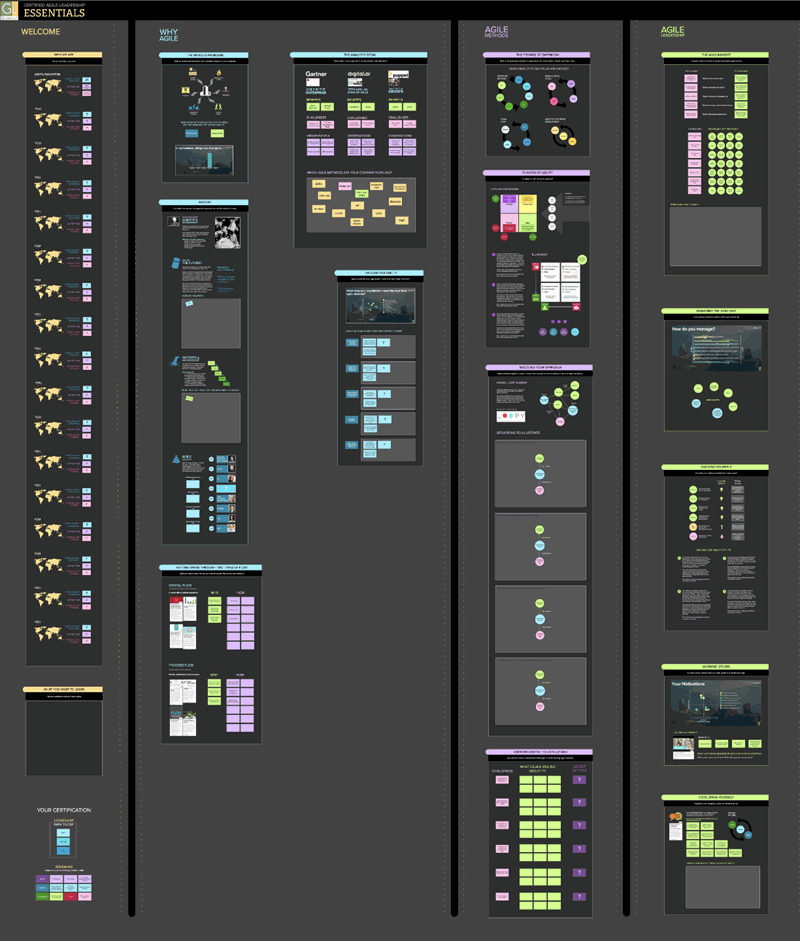
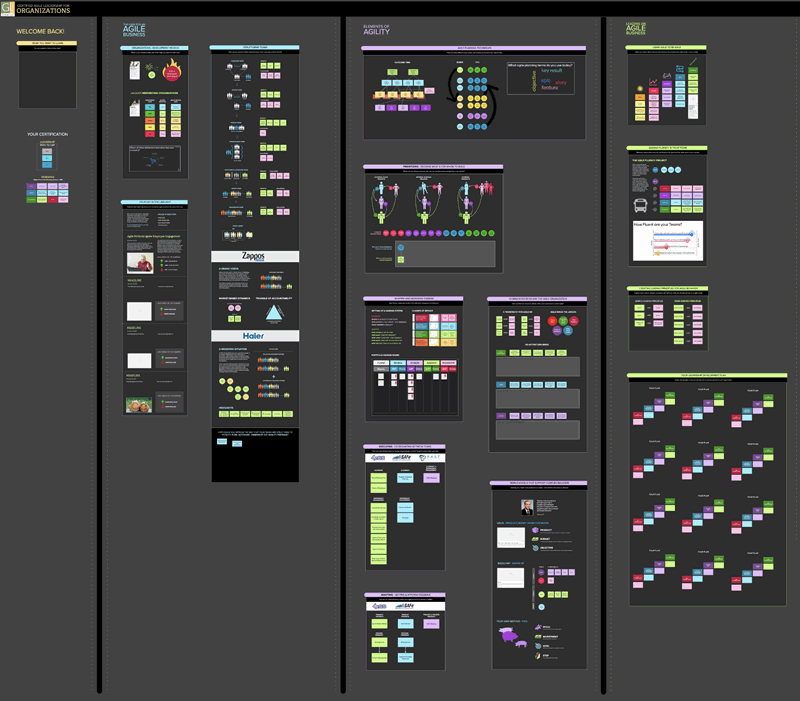



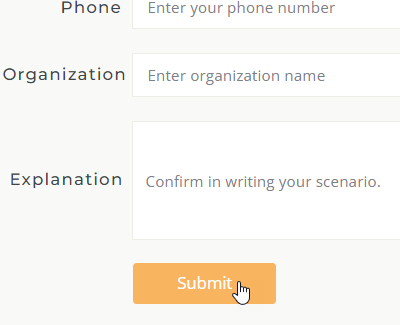
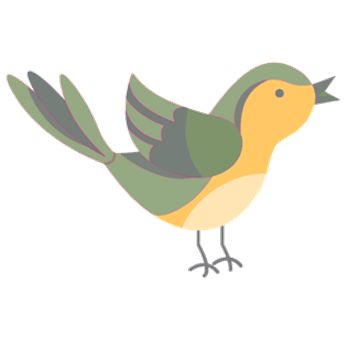

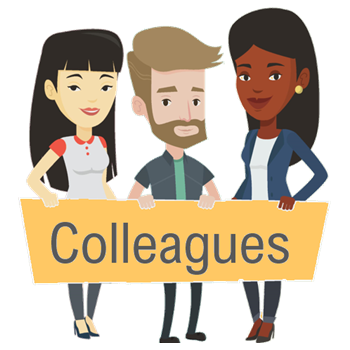

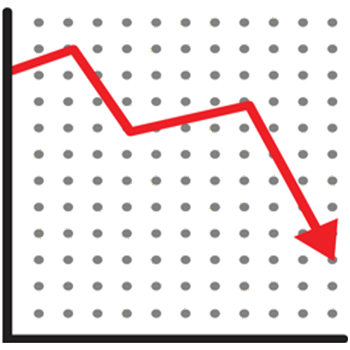



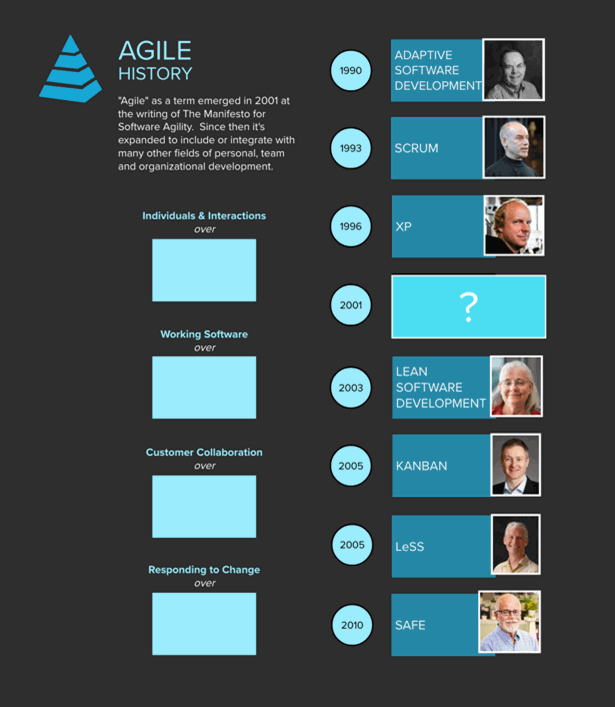
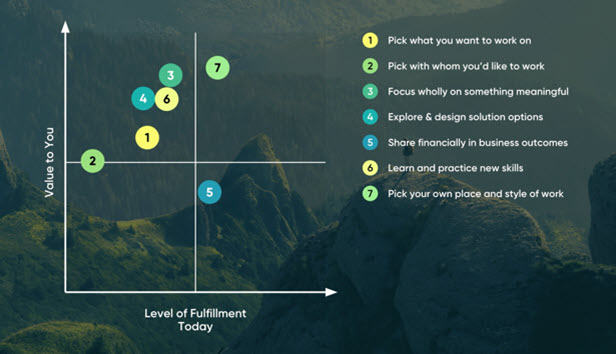
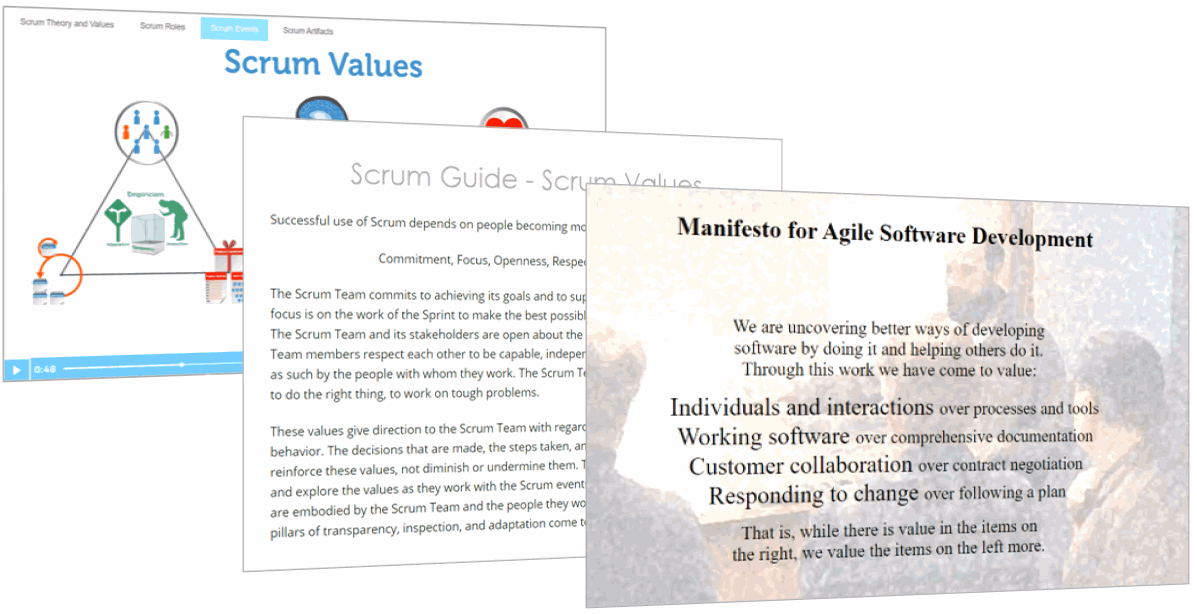
Tricia M
This was an excellent class. There are several educational options out there, and I am glad I chose this one because Arlen's real-life experience and skill in designing this course made it valuable and fun. It was two days, and Arlen made it so relevant and interesting, I would be happy to spend many more days learning from him! Thank you!
customer
Arlen is knowledgeable and clearly explained all the concepts
Anika Topete
Arlen was amazing, he took the time and effort to answer every question that I asked and others asked. I would definitely sign up for a course with him again.
customer
Great course. Interactive and very interesting. Arlen Bankston was a great instructor.
customer
ARLEN IS A GREAT INSTRUCTOR! Scrum is about people > process, and Arlen made everyone feel like they were a part of the training! GREAT TRAINER!
Lance
Arlen was AWESOME in the CAL E & O course. I took away tons of stuff to try out with my organization. I will be back! I'll also send some colleges your way.
Brandon
Great course! The content was very relevant and the way it was presented made it immediately applicable. The collaborative nature of the course also enabled for more meaningful delivery of the concepts AND different perspectives on how to apply it. Arlen is great and I would definitely attend another session led by him in the future. Thanks!
Mark
It was a great class and Arlen was an excellent instructor. He adapted and adjusted the focus of the course as we went to make sure that everyone in the class got the most they could out of it.
customer
Arlen is a skilled facilitator and brings a wealth of experience to the table. This enriches the experience significantly.
customer
Great training with lots of additional, personalized material. Arlen was terrific.
customer
Arlen was excellent and brought some excitement to the course. Perfect blend of practical exercises, class discussion and instructor lead information.
customer
One of the better Agile courses I have taken. The content was very well presented, interesting, and useful. The format was engaging and interactive, and it moved at a smart pace (I didn't doze off once). The instructor (Arlen) clearly put a lot of effort into preparing the course material/resources. I would definitely recommend.
L M
David Bulkin and Arlen (Grow-Lean) are great instructors! I've already taken part on three certifications provided by them, and am every time grateful that I took the time to do it. They have a lot of experience and thrive on teaching us how to use Scrum on an real-life Agile Environment! Would recommend to anyone!
Kevin Kappeler
Arlen is a wonderful instructor and comes prepared to coach up and down. He brings a wide variety of domain knowledge, practical shared experience, and remains open to ideas from students. A class is only as good as the instructor leading it. Thank you!
Dexter
The entire course was well structured and started with asking attendees what they wanted from the course. Arlen made sure to check in multiple to make sure we were covering the topics we asked for from the beginning. I found the exercises to be very well thought out and beneficial to applying the techniques and topics reviewed.
Michael C Hunter
One reason I selected this course is it was completed without one PowerPoint slide. The instructor, Arlen Bankston, would facilitate the lesson and move the participants into break outs using a Mural board. It was beneficial to be hands on and partnering with others while learning.